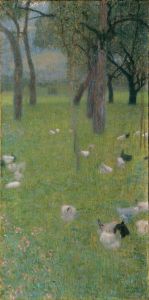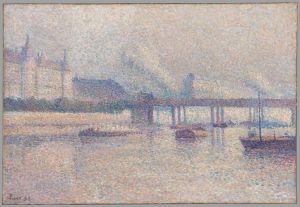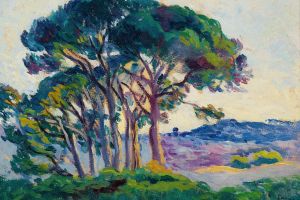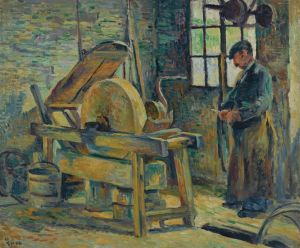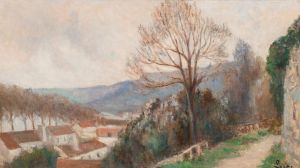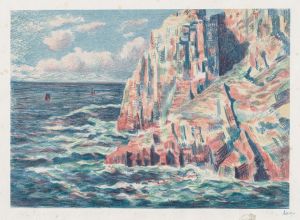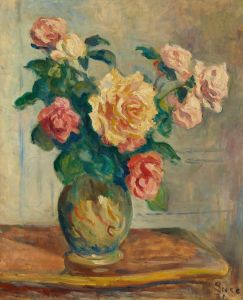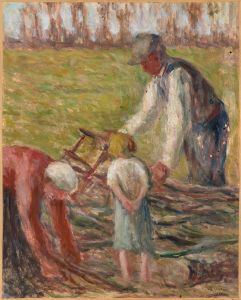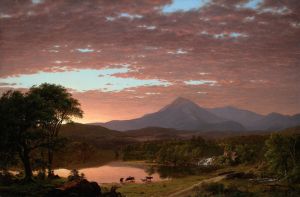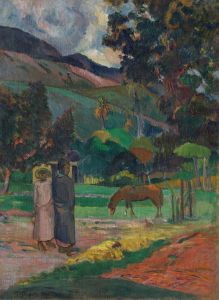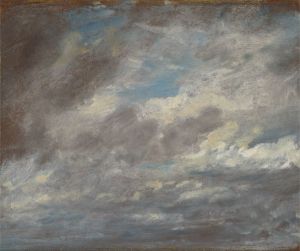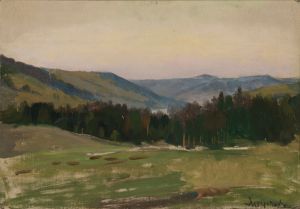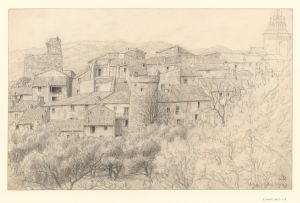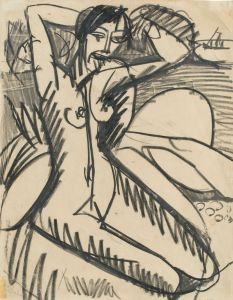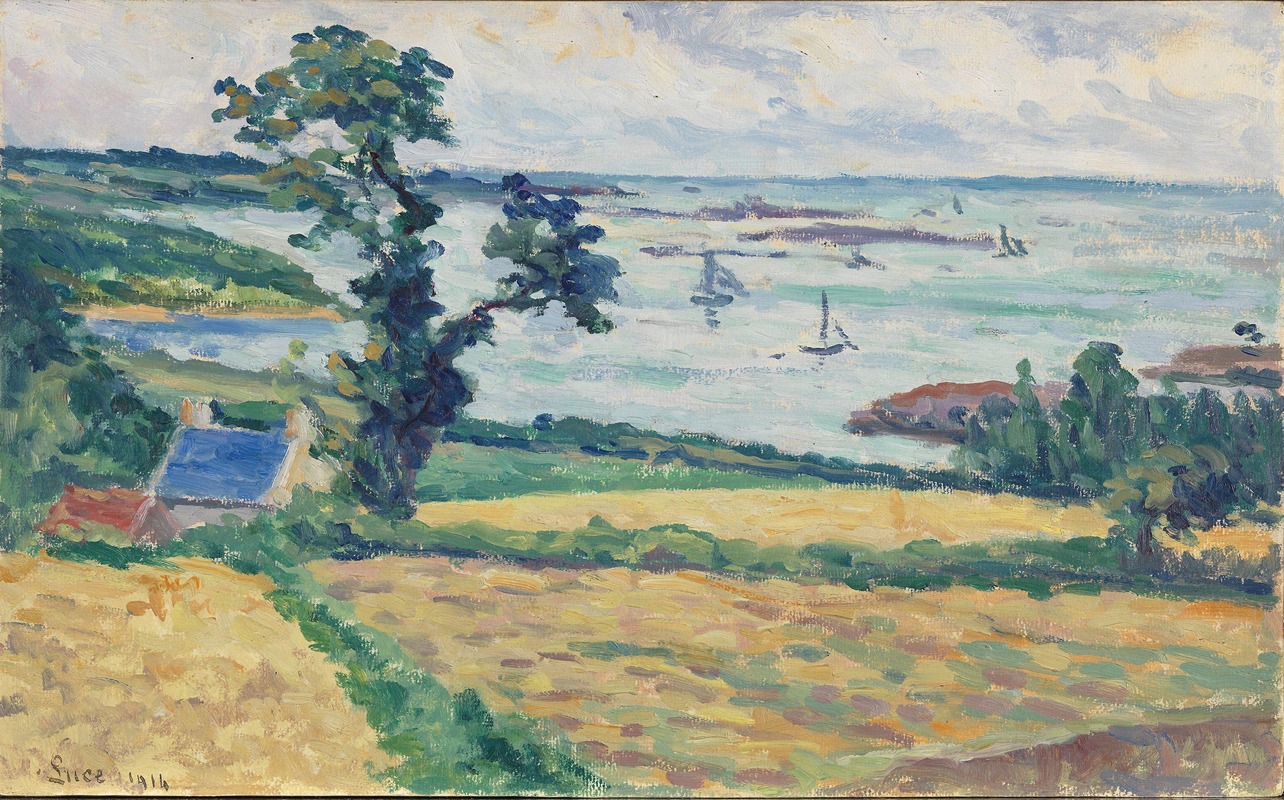
Landscape
A hand-painted replica of Maximilien Luce’s masterpiece Landscape, meticulously crafted by professional artists to capture the true essence of the original. Each piece is created with museum-quality canvas and rare mineral pigments, carefully painted by experienced artists with delicate brushstrokes and rich, layered colors to perfectly recreate the texture of the original artwork. Unlike machine-printed reproductions, this hand-painted version brings the painting to life, infused with the artist’s emotions and skill in every stroke. Whether for personal collection or home decoration, it instantly elevates the artistic atmosphere of any space.
Maximilien Luce (1858–1941) was a French Neo-Impressionist artist known for his paintings, illustrations, and engravings. He was associated with the Pointillist movement, which was characterized by the use of small, distinct dots of color applied in patterns to form an image. Luce's work often depicted scenes of everyday life, landscapes, and urban environments, capturing the essence of the late 19th and early 20th centuries.
One of Luce's notable works is "Landscape," a painting that exemplifies his mastery of the Pointillist technique. The exact date of the painting is not specified, but it is consistent with the style and themes prevalent in his body of work during the height of his career. "Landscape" showcases Luce's ability to blend color and light to create a harmonious and vibrant scene.
In "Landscape," Luce employs a meticulous application of color dots to construct the image. This technique, inspired by Georges Seurat and Paul Signac, allows for a luminous quality that captures the natural light and atmosphere of the scene. The painting likely depicts a rural or suburban setting, common subjects in Luce's oeuvre, reflecting his interest in the natural world and the changing landscapes of France during his lifetime.
Luce's use of color in "Landscape" is particularly noteworthy. He often utilized a palette of bright, contrasting colors to enhance the vibrancy and depth of his scenes. The careful placement of complementary colors next to each other creates a shimmering effect, drawing the viewer's eye across the canvas and inviting them to explore the details of the landscape.
Throughout his career, Luce was deeply influenced by the social and political climate of his time. He was an anarchist and his political beliefs often informed his artistic choices. While "Landscape" does not overtly convey a political message, it can be seen as part of his broader commitment to depicting the world around him with honesty and integrity. His landscapes, while serene and beautiful, also serve as a record of the environments and communities he encountered.
Maximilien Luce's contributions to the Neo-Impressionist movement and his dedication to the Pointillist technique have cemented his place in art history. His works, including "Landscape," continue to be celebrated for their technical precision, vibrant color, and ability to capture the essence of a moment in time. Luce's paintings are held in various public and private collections, and his legacy endures through the continued appreciation and study of his art.
In summary, "Landscape" by Maximilien Luce is a testament to the artist's skill and his commitment to the principles of Neo-Impressionism. Through his use of color, light, and meticulous technique, Luce created a work that not only captures the beauty of the natural world but also reflects the artistic innovations of his time.





